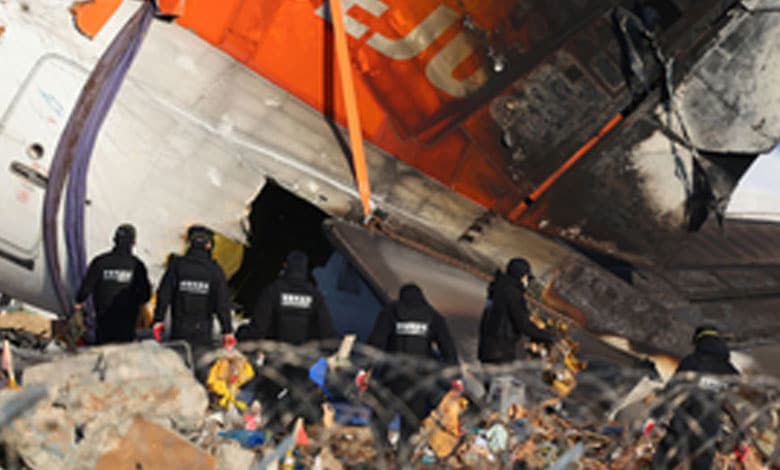Could South Korea’s Airport Safety Reforms Save Lives? Jeju Air Crash Sparks Action
Following the tragic Jeju Air crash on December 29, which claimed 179 lives at Muan International Airport, the South Korean government has announced a comprehensive plan to improve airport safety, focusing on risks posed by hazardous structures near runways.

Seoul: Following the tragic Jeju Air crash on December 29, which claimed 179 lives at Muan International Airport, the South Korean government has announced a comprehensive plan to improve airport safety, focusing on risks posed by hazardous structures near runways. The Ministry of Land, Infrastructure, and Transport has identified urgent safety upgrades at seven airports across the country, including Muan International Airport, where the deadly accident occurred.
Table of Contents
Safety Measures to Prevent Future Accidents
A recent inspection revealed that adjustments are needed at nine locations across seven airports, including Jeju International Airport and Gimhae International Airport. The main concern is the localiser – a key directional guidance system for incoming aircraft – with experts suggesting that the presence of a concrete structure supporting the localiser at Muan Airport may have contributed to the severity of the crash.
In response, the ministry plans to either relocate the foundations of localisers underground or replace them with lightweight steel structures. Each airport will implement solutions tailored to their specific needs while adhering to installation regulations.
Expansion of Runway Safety Zones
In addition to localiser adjustments, the government has identified seven airports with runway safety areas that are shorter than the recommended 240 meters. To address this, the ministry plans to extend the safety zones where possible. In cases where space limitations exist, Engineered Material Arresting Systems (EMAS) will be introduced. EMAS helps decelerate aircraft in the event of runway overruns by allowing planes to sink into a lightweight material, preventing further damage.
Regulation Overhaul and Timely Completion
The South Korean government aims to complete the safety upgrades by the end of 2025, with an emphasis on streamlining regulations to ensure that improvements can be made quickly and effectively.
Black Box Report
In the aftermath of the Jeju Air crash, authorities also revealed that the black box from the aircraft malfunctioned in the final moments of the flight, failing to record the last four minutes before the crash.
The Ministry of Land, Infrastructure, and Transport is committed to updating airport facility safety standards and will present an updated plan by the first half of 2025 to further safeguard passengers and crew.
Also Read: South Korea: Acting President Orders 24-Hour Police Surveillance at Constitutional Court
Stay tuned for more updates as South Korea continues to prioritize aviation safety.
